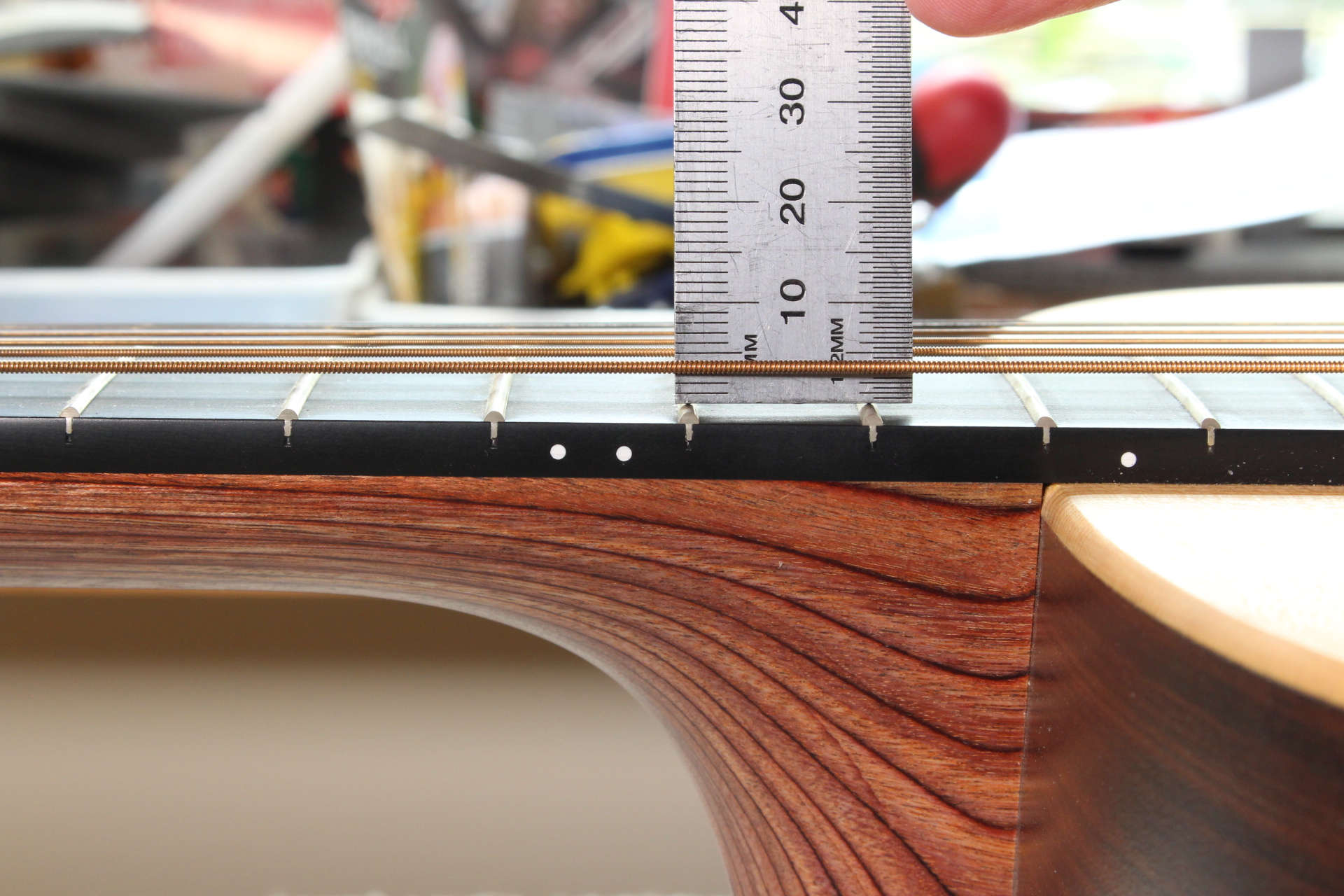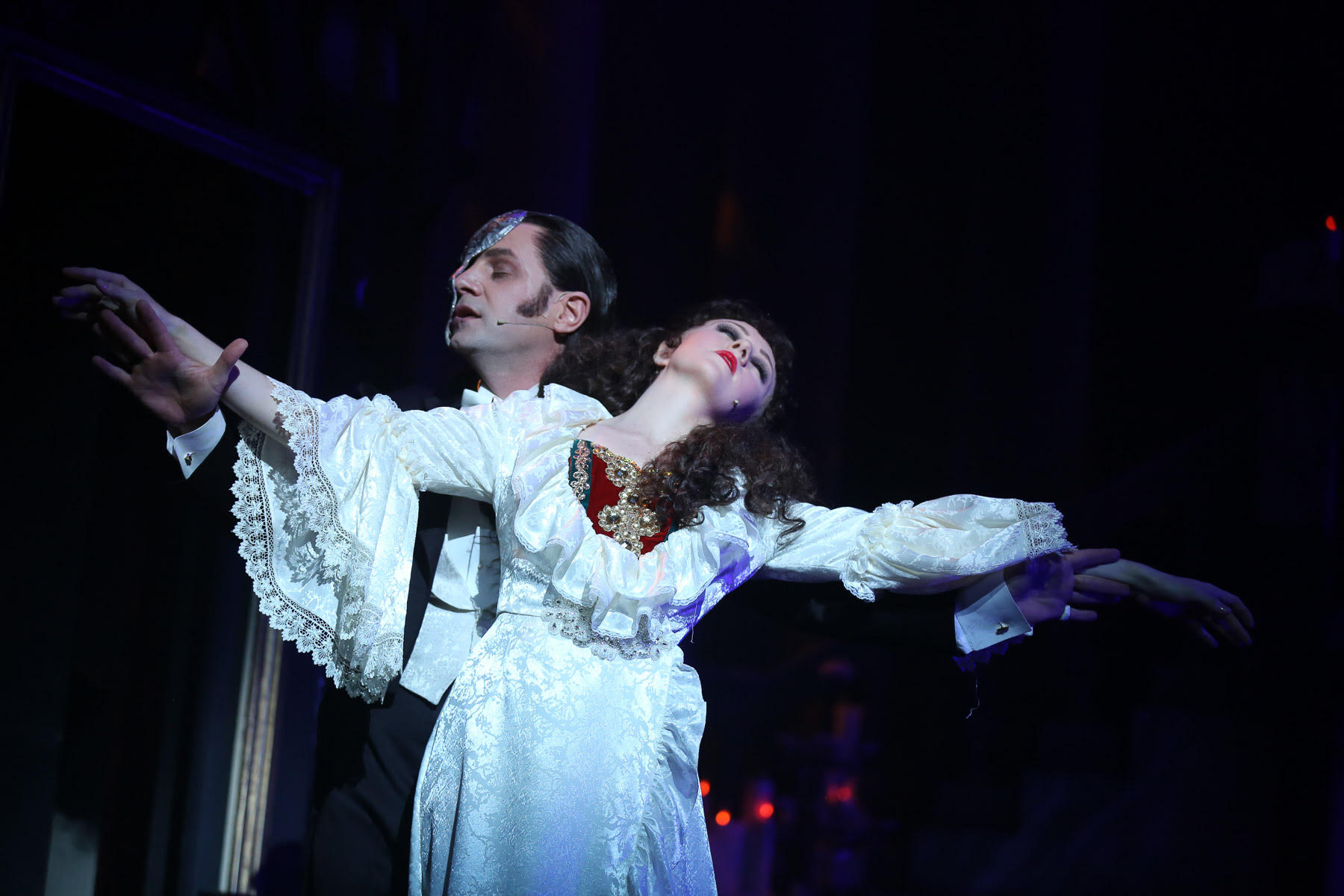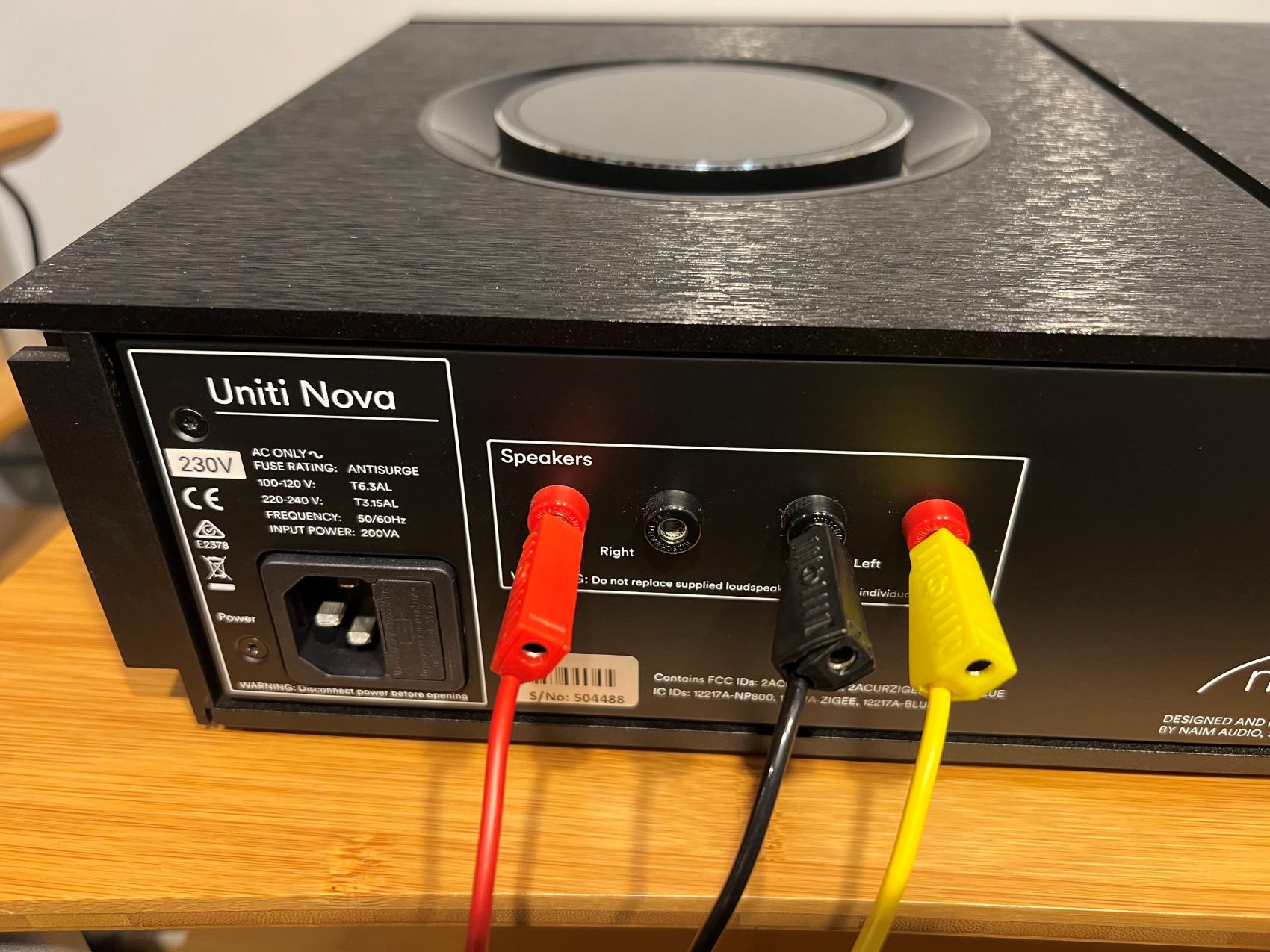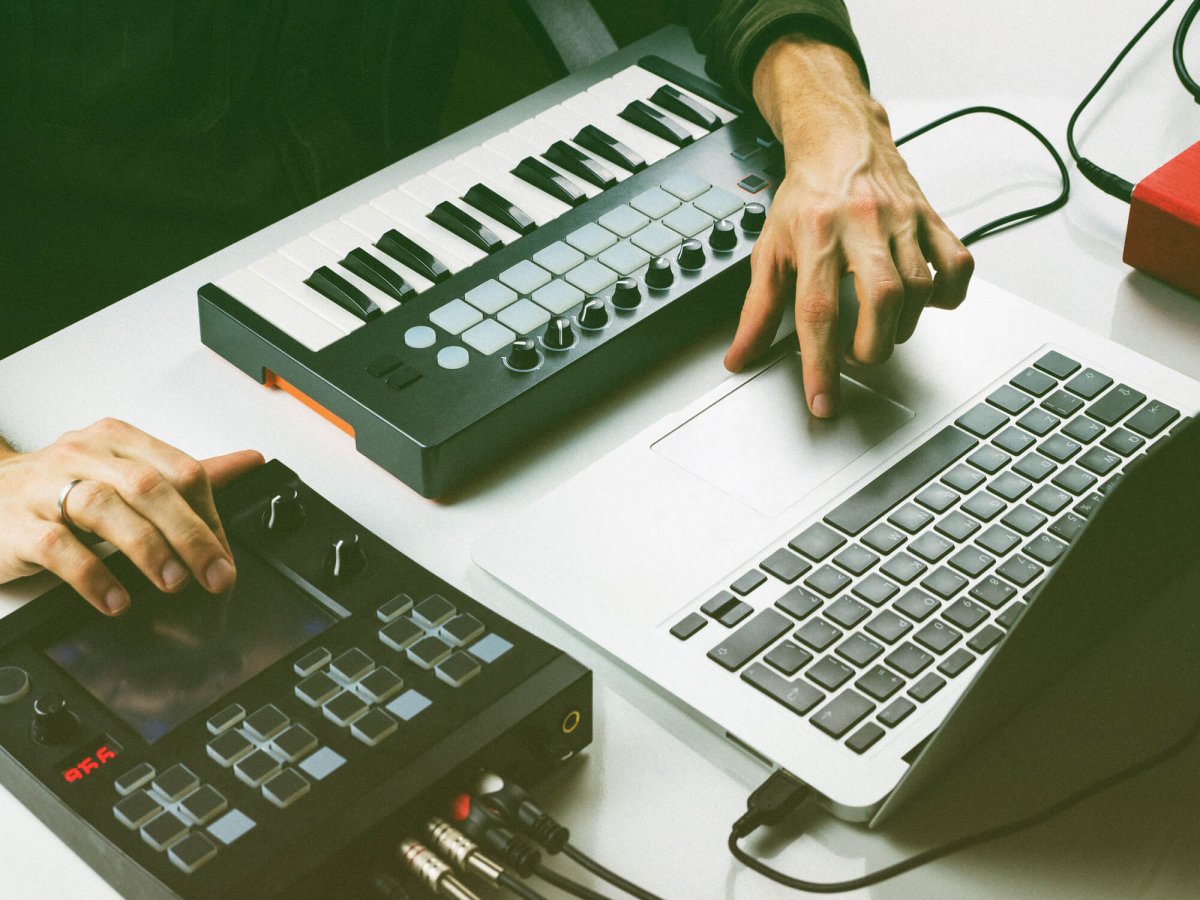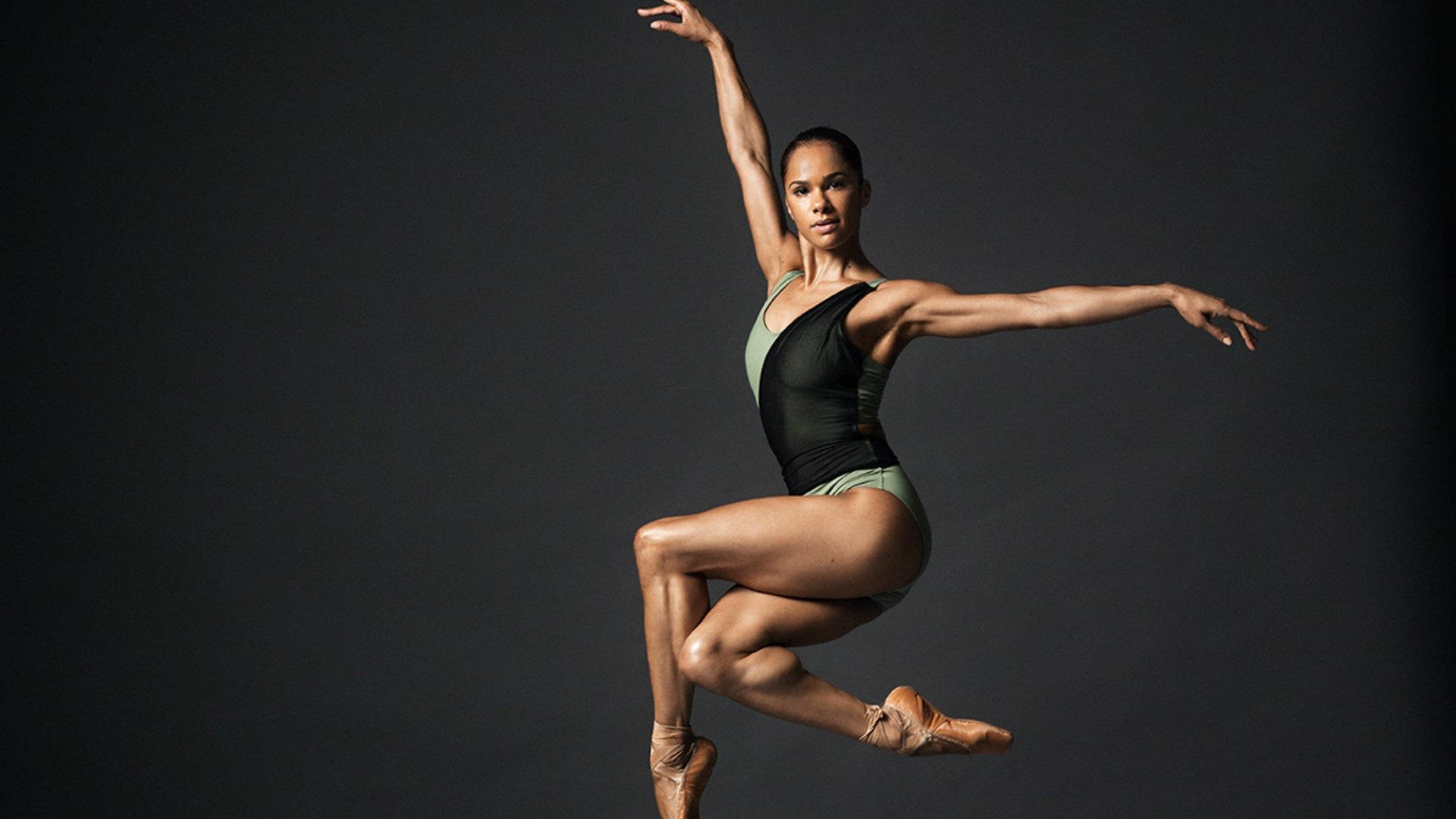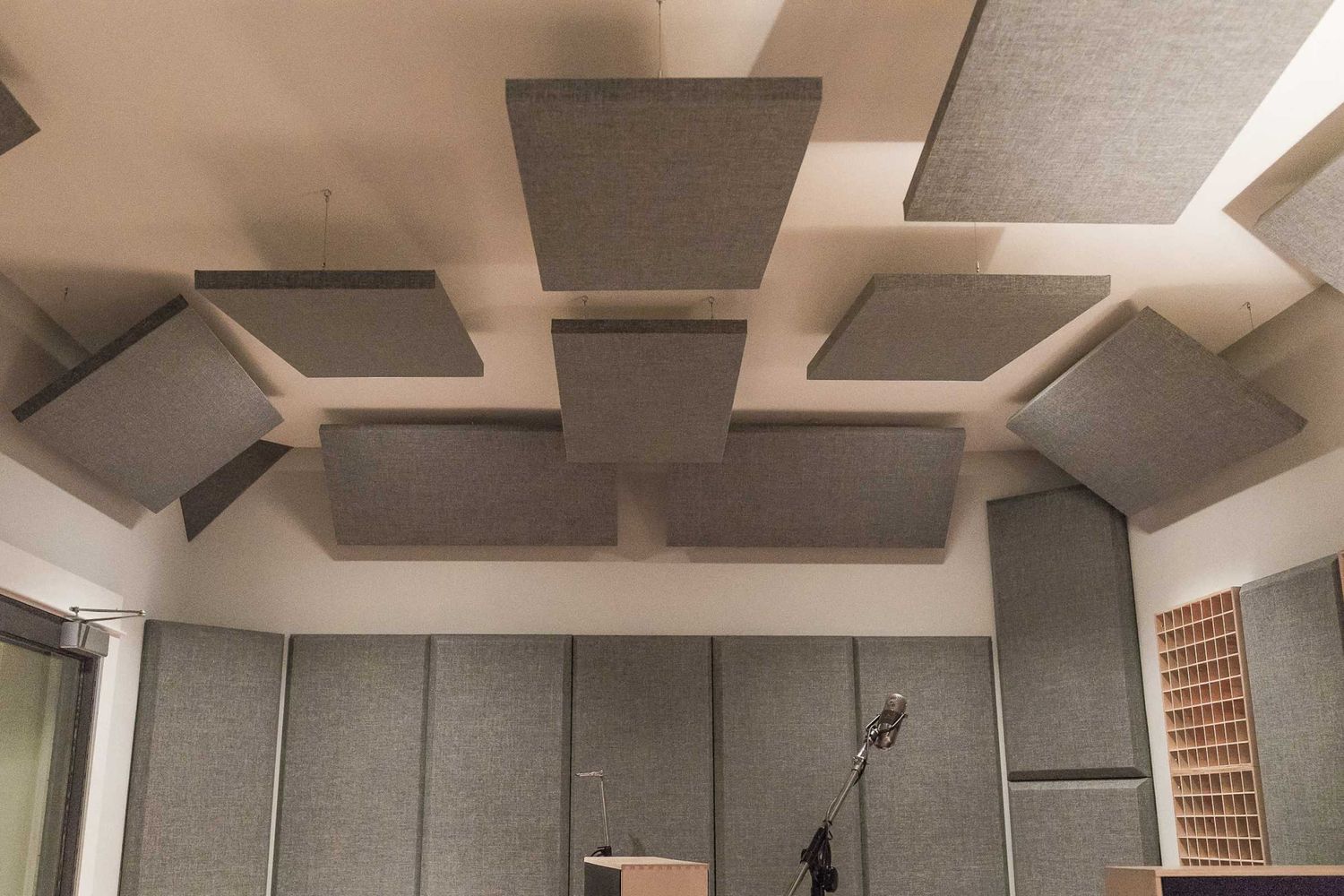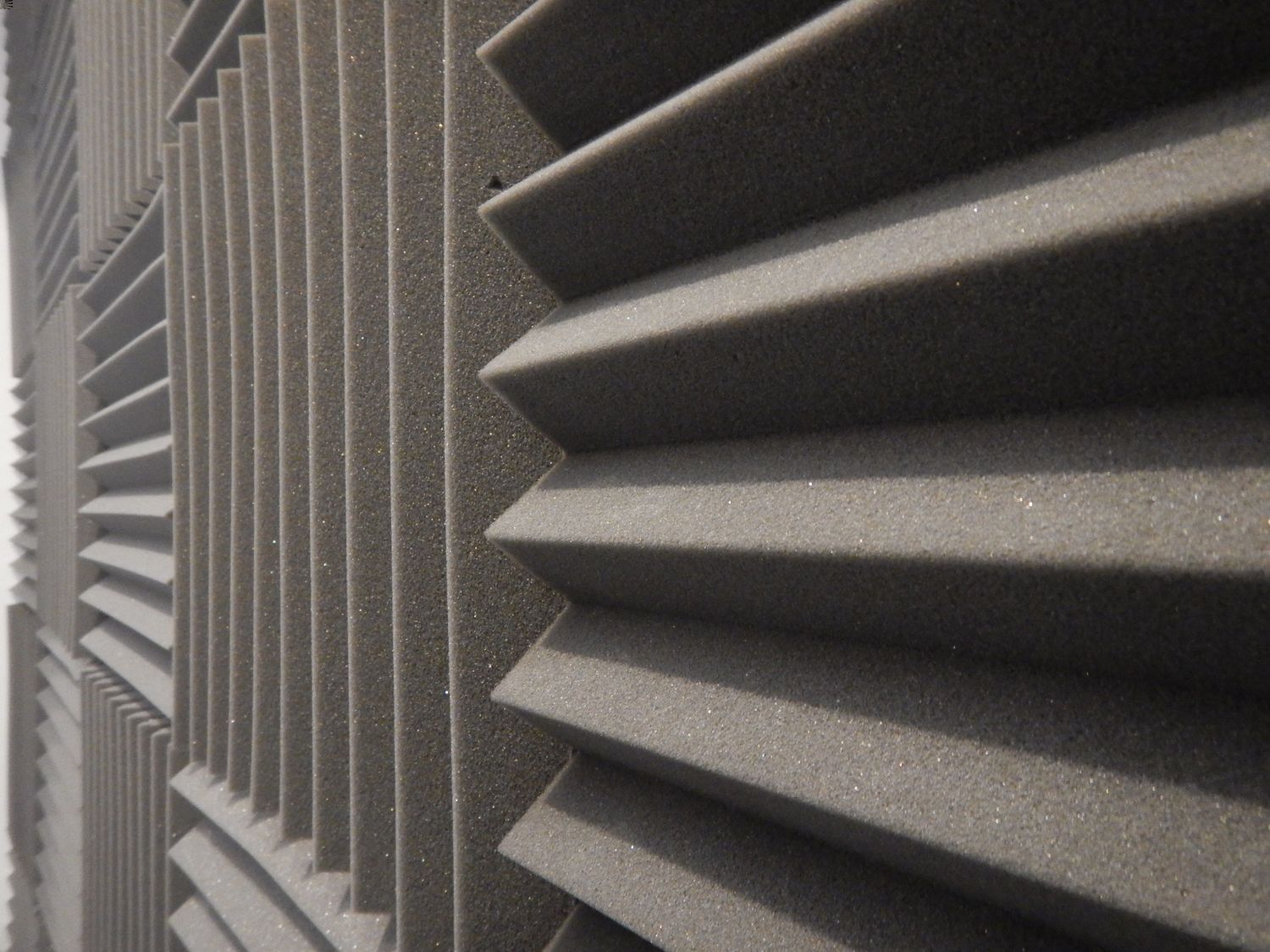Home>Events & Info>Ballet>How Ballet Shoes Work


Ballet
How Ballet Shoes Work
Modified: January 22, 2024
Discover the mechanics of ballet shoes and how they enhance performance. Find out why ballet dancers rely on the perfect fit and flexibility!
(Many of the links in this article redirect to a specific reviewed product. Your purchase of these products through affiliate links helps to generate commission for AudioLover.com, at no extra cost. Learn more)
Table of Contents
Introduction
Ballet, a graceful and elegant form of dance, requires precision, skill, and a great deal of practice. It is a highly demanding art form that showcases the beauty of movement and storytelling. And at the heart of ballet lies a crucial element – ballet shoes.
Ballet shoes play a pivotal role in a dancer’s performance. They provide support, flexibility, and help the dancer achieve feats that seem almost impossible. From pirouettes to pointe work, these shoes are designed to enhance the dancer’s abilities and bring their movements to life.
In this article, we will delve into the world of ballet shoes, exploring their history, anatomy, importance of proper fit, the different types available, and how to choose the right pair for you. So, whether you are a seasoned dancer or simply intrigued by the beauty of ballet, join us on this journey to discover how ballet shoes work and their impact on the world of dance.
Now, close your eyes and imagine a stage filled with dancers, each gliding across the floor with effortless grace. The beauty and precision of their movements are mesmerizing, captivating the audience and telling stories without uttering a single word. But behind every flawless performance lies hours of training and the essential tool of a dancer – their ballet shoes.
Stay tuned as we embark on this captivating exploration of ballet shoes, unraveling the secrets behind their design, their historical significance, and how they shape the art of ballet.
The History of Ballet Shoes
The history of ballet shoes dates back to the early days of ballet itself. Ballet originated in the Italian Renaissance courts during the 15th and 16th centuries and gradually spread throughout Europe, evolving into the renowned art form it is today. As ballet progressed, so did the need for specialized footwear.
In the early years of ballet, dancers performed in heeled shoes, similar to the fashion of the time. These heels provided the necessary support for the intricate footwork and turns. However, as the art form developed and dancers began to focus more on their technique, the need for flat, flexible shoes arose.
It was in the 18th century that ballet shoes, known as “pointe shoes,” first emerged. Pointe shoes allowed dancers to rise onto the tips of their toes, creating the illusion of weightlessness and ethereal beauty. Marie Taglioni, a famous ballerina of the Romantic era, is often credited with popularizing pointe work and bringing it into the mainstream.
Early pointe shoes were made of satin or silk and had hard leather soles. They lacked the structural support found in modern pointe shoes, making them more uncomfortable and limiting in terms of movement. Dancers would often use materials like paper or fabric to cushion their toes and make pointe work more bearable.
As ballet continued to evolve, so did the design of ballet shoes. In the early 20th century, Russian ballerina Anna Pavlova collaborated with a shoemaker to develop a shoe with a reinforced toe box. This innovation provided dancers with additional support and allowed them to execute more demanding choreography with less strain on their feet.
Over the years, advancements in materials and manufacturing techniques led to the development of modern ballet shoes. Today, ballet shoes are predominantly made of canvas or leather, with a soft, flexible sole that allows for ease of movement. The toe box is often reinforced with layers of glue and fabric to provide support while maintaining comfort.
Throughout history, ballet shoes have played an integral role in the progression of the art form. They have allowed dancers to push the boundaries of what is physically possible, enabling them to achieve astonishing feats of strength and grace on the stage.
Join us in the next section as we explore the anatomy of a ballet shoe, delving into the various components that make these shoes both functional and aesthetically pleasing.
Anatomy of a Ballet Shoe
A ballet shoe is not just a simple piece of footwear; it is a carefully designed instrument that allows dancers to glide, leap, and twirl with grace and precision. Understanding the anatomy of a ballet shoe is essential for both dancers and enthusiasts who want to appreciate the intricacy behind their construction.
Let’s start from the bottom of the shoe—the sole. The sole of a ballet shoe is typically made of either leather or canvas. Leather soles offer durability and stability, while canvas soles provide flexibility and a more natural feel for the foot. The sole allows the dancer to feel the floor and make subtle adjustments to their balance and technique.
Moving up from the sole, we have the shank. The shank is a stiff strip of material, usually made of leather or plastic, that reinforces the arch of the shoe, providing support to the dancer’s foot. The stiffness of the shank can vary, depending on the dancer’s preference and the level of flexibility required for the specific movements.
Next, we have the vamp, which is the front part of the shoe that covers the top of the foot. The vamp plays a crucial role in ensuring a snug and secure fit. It should support the foot without restricting movement. Vamps can come in various shapes and lengths to accommodate different foot types and aesthetic preferences.
Now let’s focus on the toe box. The toe box is the reinforced area at the front of the shoe that encases the dancer’s toes. It is typically made of layers of glue and fabric, which provide support and protection for the toes during pointe work. The shape and hardness of the toe box can vary, depending on the dancer’s needs and the demands of the choreography.
On top of the toe box, you’ll find the drawstring. The drawstring allows the dancer to adjust the tightness of the shoe around the foot, providing a custom fit. Dancers may choose to tighten or loosen the drawstring depending on personal comfort and the requirements of different ballet techniques.
Lastly, we have the elastic straps. Elastic straps are often attached to both sides of the shoe and cross over the arch of the foot, securing the shoe in place. These straps help prevent the shoe from slipping off during movement and provide extra support to the dancer.
The anatomy of a ballet shoe is purposefully designed to provide the dancer with maximum comfort, flexibility, and support. Each component works together harmoniously to facilitate fluid movement and protect the dancer’s feet.
Now that we have explored the intricacies of a ballet shoe’s structure, let’s delve into the importance of proper fit and how it contributes to a dancer’s performance.
The Importance of Proper Fit
When it comes to ballet shoes, proper fit is paramount. A well-fitted pair of ballet shoes not only enhances a dancer’s performance but also promotes foot health and reduces the risk of injuries. The importance of finding the right fit cannot be overstated.
One of the main reasons proper fit is crucial is because ballet requires intricate footwork and precise movements. Ill-fitting shoes can hinder a dancer’s ability to execute steps accurately and with ease. Shoes that are too tight can restrict movement and cause discomfort, while shoes that are too loose can lead to instability and compromise technique.
Additionally, a properly fitting ballet shoe provides the necessary support for the foot. It should conform to the shape of the foot, providing stability and preventing excessive movement within the shoe. This support helps maintain proper alignment and prevents strain on the muscles and ligaments of the foot and ankle.
Another important aspect is the prevention of blisters and other foot ailments. Shoes that are too tight or too loose can create friction and pressure points, leading to painful blisters and calluses. A well-fitted shoe, on the other hand, reduces the likelihood of developing these issues, ensuring a more comfortable and enjoyable dancing experience.
It’s crucial to remember that feet can change over time, and proper fit may require periodic reassessment. As dancers grow and develop, their feet may undergo changes in width, length, and shape. Therefore, regular measurements and fittings are necessary to ensure a continued proper fit of ballet shoes.
Remember, ballet shoes should feel snug but not overly tight. The toes should be able to lay flat and have enough room to wiggle comfortably. The shoe should provide support without squeezing or pinching the foot.
Whether you are a professional dancer or just starting your ballet journey, investing time in finding the right fit for your ballet shoes is crucial. Consult with a knowledgeable fitter or a reputable dancewear store that can guide you in selecting the perfect pair.
In the next section, we will dive into the different types of ballet shoes available to dancers, each designed to cater to specific needs and styles of dance.
Types of Ballet Shoes
When it comes to ballet shoes, there isn’t a one-size-fits-all solution. Different dance styles, levels of experience, and personal preferences call for various types of ballet shoes. Let’s take a closer look at some of the most commonly used ballet shoe styles:
- Canvas Ballet Shoes: Canvas ballet shoes are made from lightweight, breathable fabric, providing a snug yet flexible fit. They are a popular choice for ballet dancers, as they contour to the foot and offer a more natural feel. Canvas shoes are ideal for beginners and intermediate dancers who require a balance of comfort and support.
- Leather Ballet Shoes: Leather ballet shoes are known for their durability, offering longevity and stability during intense dance movements. They provide more structure and support compared to canvas shoes. Leather shoes are often favored by more advanced dancers or those who prefer a snugger fit and a sturdier shoe.
- Split Sole Ballet Shoes: Split sole ballet shoes, as the name suggests, have a sole that is divided into two sections: one for the ball of the foot and one for the heel. This design allows for greater flexibility and articulation of the foot. Split sole shoes are commonly used by experienced dancers who require maximum foot flexibility and a better line when pointing their feet.
- Full Sole Ballet Shoes: Full sole ballet shoes have a sole that runs the entire length of the shoe, providing more support and stability. They are often recommended for young dancers who are still developing their foot strength and technique.
- Pointe Shoes: Pointe shoes are a significant milestone in a ballet dancer’s journey. They are specially designed for dancers who have developed the strength and technique required for dancing on the tips of their toes. Pointe shoes have a reinforced toe box and a shank that supports the arch of the foot. They provide the necessary structure to execute challenging pointe work and create the illusion of weightlessness.
It’s essential to consider factors such as foot shape, strength, and personal preference when choosing the right ballet shoe type. Working with a knowledgeable dance instructor or shoe fitter can help you make an informed decision based on your specific needs.
Remember, finding the perfect ballet shoe is an individual journey, and it may take some experimentation to discover what works best for you. Don’t be afraid to try different styles and brands to find the shoe that provides the comfort, support, and aesthetics you desire.
Now that we’ve explored the various types of ballet shoes, let’s dive into the world of pointe shoes and their instrumental role in the art of ballet.
The Role of Pointe Shoes
Pointe shoes hold a special place in the world of ballet. They are synonymous with grace, elegance, and the ability to defy gravity. Pointe work allows dancers to create a magical illusion, dancing on the tips of their toes as if weightless. But what is the role of these iconic shoes, and how do they enable dancers to achieve such breathtaking movements?
Pointe shoes are specifically designed for dancers who have developed the strength and technique necessary for dancing on pointe. This advanced technique involves the dancer supporting their body weight on the tips of their toes while executing complex footwork. Pointe work requires years of training to build up the necessary strength in the feet, ankles, and legs.
The key component of pointe shoes is the reinforced toe box. This box is made of layers of glue and fabric, providing support and protection for the dancer’s toes during the extreme pressure of being en pointe. The shape and strength of the toe box can vary, depending on the individual dancer’s needs and preferences.
Another crucial element of pointe shoes is the shank. The shank is a stiff strip of material, often made of leather or plastic, that runs along the sole of the shoe. It provides support and helps distribute the dancer’s weight evenly, preventing excessive strain on the foot and allowing for controlled movements while on pointe.
The fit of pointe shoes is essential. They should be snug, ensuring that the dancer’s foot is securely supported within the shoe. The shoe should align properly with the arch of the foot, allowing for good balance and stability. The fit should provide enough room for the toes to be fully stretched and straightened without discomfort.
Pointe shoes are not only a tool for technical prowess; they also play a significant role in the aesthetics of ballet. The elongated shape of the shoe, coupled with the dancer’s pointed foot, creates a visually stunning line, enhancing the beauty and artistry of the choreography.
It’s important to note that dancers should not attempt pointe work without proper training and guidance from a qualified ballet instructor. Pointe work is physically demanding and requires a solid foundation of technique and strength to ensure safe and effective execution.
The journey to dancing on pointe is a milestone for many aspiring ballerinas. It symbolizes the culmination of years of hard work, discipline, and dedication. Pointe shoes enable dancers to push the boundaries of what is possible and create breathtaking moments on stage.
In the next section, we will explore important tips and practices for maintaining ballet shoes, ensuring their longevity and optimal performance.
Maintaining Ballet Shoes
Proper care and maintenance of ballet shoes are essential to prolong their lifespan and ensure optimal performance. By implementing a few simple practices, you can keep your ballet shoes in excellent condition and get the most out of your investment. Here are some important tips for maintaining ballet shoes:
- Keep them dry: After each use, make sure to air out your ballet shoes and allow them to dry completely. Excess moisture can promote the growth of bacteria and cause unpleasant odors. Avoid storing damp shoes in a confined space, as this can lead to mold and mildew.
- Protect the soles: Ballet shoes can wear out quickly, especially the soles. To extend their lifespan, consider adding protective sole patches or suede sole covers. These accessories offer extra grip and can help prevent premature wear and tear.
- Clean as needed: Cleaning your ballet shoes periodically is necessary to remove dirt and sweat buildup. For canvas shoes, you can hand wash them using a mild detergent and gently scrubbing with a soft brush. Leather shoes should be wiped clean with a damp cloth. Avoid excessive moisture and harsh chemicals that can damage the materials.
- Avoid walking in them outside: It’s tempting to wear your ballet shoes outside to save time, but this can be detrimental to their condition. Outdoor surfaces such as pavement or rough terrain can damage the delicate materials of ballet shoes and cause unnecessary wear and tear.
- Store them properly: When not in use, store your ballet shoes in a cool, dry place. It’s best to keep them in a breathable bag or pouch, away from excessive heat and sunlight. This will help maintain their shape and protect them from dust and debris.
- Replace when necessary: Ballet shoes have a limited lifespan, and it’s important to recognize when they need to be replaced. Pay attention to signs of excessive wear, such as holes, worn-out soles, or loss of support. Continuing to dance in shoes that are past their prime can lead to discomfort and potential injuries.
By implementing these maintenance practices, you can ensure that your ballet shoes remain in good condition and provide the necessary support and flexibility for your dance activities. Remember, a well-maintained shoe not only benefits your performance but also contributes to the overall health and comfort of your feet.
In the next section, we will provide some useful tips and guidelines on how to choose the right ballet shoes for your specific dance needs.
Choosing the Right Ballet Shoes for You
Choosing the right ballet shoes is essential for every dancer. The perfect pair of shoes will not only enhance your performance but also provide comfort and support. Here are some valuable tips to help you find the ballet shoes that are best suited for your specific needs:
- Get professionally fitted: When purchasing ballet shoes, it is highly recommended to seek professional guidance. Visit a reputable dancewear store where experienced staff can measure your feet and help you find the proper size and style. A good fit is crucial for optimal performance and injury prevention.
- Consider your skill level and foot strength: Different levels of dancers and foot strengths require different types of ballet shoes. Beginners and younger dancers may benefit from full sole shoes, which provide extra support and stability. More experienced dancers may prefer split sole shoes, allowing for greater flexibility and foot articulation.
- Choose the right material: Ballet shoes are typically made from either canvas or leather. Canvas shoes are lightweight and breathable, while leather shoes offer durability and structure. Consider your personal preference and the specific requirements of your dance style when selecting the material.
- Decide on the closure style: Ballet shoes come with various closure options, such as elastic bands, drawstrings, or ribbons. Try different closure styles to see which one feels most secure and comfortable on your feet. Some dancers prefer the flexibility of elastic bands, while others opt for the traditional elegance of ribbons.
- Seek advice from your dance instructor: Your dance instructor is a valuable resource when it comes to choosing ballet shoes. They know your unique requirements and can guide you in selecting the right pair based on your dance technique, foot structure, and personal preferences.
- Consider the aesthetics: While functionality is essential, aesthetics also play a role in ballet shoes. Choose a ballet shoe style and color that complements your dance attire and showcases your personal style. Feeling good about how your shoes look can positively impact your confidence and performance.
Remember that it may take some trial and error to find the perfect ballet shoes for you. Be patient and willing to try different styles and brands to find the ideal fit and feel. The right ballet shoes will support your feet, enhance your technique, and allow you to fully express yourself through dance.
Now that you have a better understanding of how to choose the right ballet shoes, let’s conclude our exploration of these essential dance accessories.
Conclusion
Ballet shoes are more than just footwear; they are an essential tool that allows dancers to express themselves through the art of ballet. From the early beginnings of heeled shoes to the specialized designs of modern pointe shoes, these shoes have evolved to meet the demands of this exquisite dance form.
In this article, we began by exploring the history of ballet shoes, tracing their origins to the Renaissance courts and tracking their development through the ages. We then delved into the anatomy of a ballet shoe, breaking down the components that contribute to its functionality and comfort.
We discussed the importance of proper fit and how it affects a dancer’s performance, foot health, and overall comfort. Understanding the different types of ballet shoes, from canvas to leather, full sole to split sole, allows dancers to make informed choices based on their skill level and specific requirements.
We delved into the realm of pointe shoes, understanding their significance in the ballet world and the unique support they provide for dancers performing on their toes. We also provided insights on maintaining ballet shoes, ensuring their longevity and optimal performance.
Lastly, we offered practical tips on how to choose the right ballet shoes for your individual needs, emphasizing the importance of professional fitting, considering skill level and foot strength, and seeking guidance from dance instructors.
Whether you’re a professional ballet dancer or an enthusiastic beginner, finding the right ballet shoes is a crucial step in your dance journey. The right pair of shoes can make all the difference in your performance, allowing you to fully express yourself on stage.
So, lace up your ballet shoes, pay attention to their fit and maintenance, and immerse yourself in the enchanting world of ballet. With each graceful movement, you’ll appreciate the incredible craftsmanship and engineering behind these beautiful pieces of footwear.
As you embark on your dance adventures, always remember that ballet shoes are not just objects; they are the gateway to a world where passion, discipline, and artistry merge harmoniously.



